How to Determine If Your Bounce Rate Is High and Needs Improvement

Bounce rate is one of those metrics that sounds scary, and can be distressingly high, but isn't nearly as much of a concern as some people make it out to be. There's a surprising amount of nuance to it, so let's dig in.
What is Bounce Rate, Anyway?
For this one, we can check in with Google, for two reasons. First is that Google has a pretty good page about the subject. The second reason is that (99% of the time) you're measuring bounce rate through Google Analytics. Since they're the ones doing the measurement, and what matters is their definition, not anyone else's.
Here's what they have to say.
"A bounce is a single-page session on your site. In Analytics, a bounce is calculated specifically as a session that triggers only a single request to the Analytics server, such as when a user opens a single page on your site and then exits without triggering any other requests to the Analytics server during that session.
Bounce rate is single-page sessions divided by all sessions or the percentage of all sessions on your site in which users viewed only a single page and triggered only a single request to the Analytics server.
These single-page sessions have a session duration of 0 seconds since there are no subsequent hits after the first one that would let Analytics calculate the length of the session."
So, if your website has 100 visitors, and 15 of those visitors have zero-second sessions, you have a bounce rate of 15%.

It's a pretty simple definition, but it does rely on Google's code executing. There are a few things that might trigger strange issues with bounce rate.
- Users who block scripts from executing won't be counted either way, so that's not a problem.
- Users who navigate the site too quickly might move from one page to another before analytics code has been executed (depending on where the code is on your site) so this might cause strange reporting.
- Users who sit on the page so long that their session expires before clicking to another page might count as bounces rather than one long session.
Edge cases aside, most sessions will be tracked normally, and thus you'll have "average" bounce rates to compare.
You want them to read more of your content, look at your products and services, and perhaps even contact you. If they are leaving without clicking to any of your other pages (especially if a large percentage of your users are doing this), then your website may have a critical issue that is driving your users away. This can be a lot harder to pinpoint - it may be a poor design choice, buggy user experience, obnoxious ads or popups, auto-playing sound, low-quality content, or any other number of issues. I'll get to that more a bit later in this article.
How to Check Your Bounce Rate
Bounce rate is very easy to check if you've signed up for Google Analytics and installed it on your website. Sign into your analytics dashboard (here), then dig into the type of visitors you want to track (organic, social, direct, or referral). You can see your bounce rate in a variety of different reports and can add the metric to custom reports.

Under Audience, in the Overview section, you can see your bounce rate listed right up near the top of the report. It's also visible under Behavior, Overview, alongside other user behavior metrics. You can find it all over the place, and you can add it to any report you want since it's a simple and easy-to-calculate number.
If you want to check your bounce rate manually, all you need is your session data and a calculator. If you want to check it through a plugin in WordPress that adds analytics access, you may need to configure your reports or add a Premium account, or just go to the analytics dashboard manually. There are a lot of options, and since it's a basic metric everyone wants to know about, it's easy enough to find.
Another metric you can look at is your pageviews per visitor. If it's something like 3 or 4 pages per unique visitor, that's not bad. If it's less than 2, that means your average user isn't staying on your website and they leave as soon as they arrived.
What is Considered a Good Bounce Rate?
What is a "good" bounce rate? Well, that depends on a lot of different factors. A high bounce rate for you might be low for another site, and a high bounce rate might not be a bad thing. More on that in a moment.
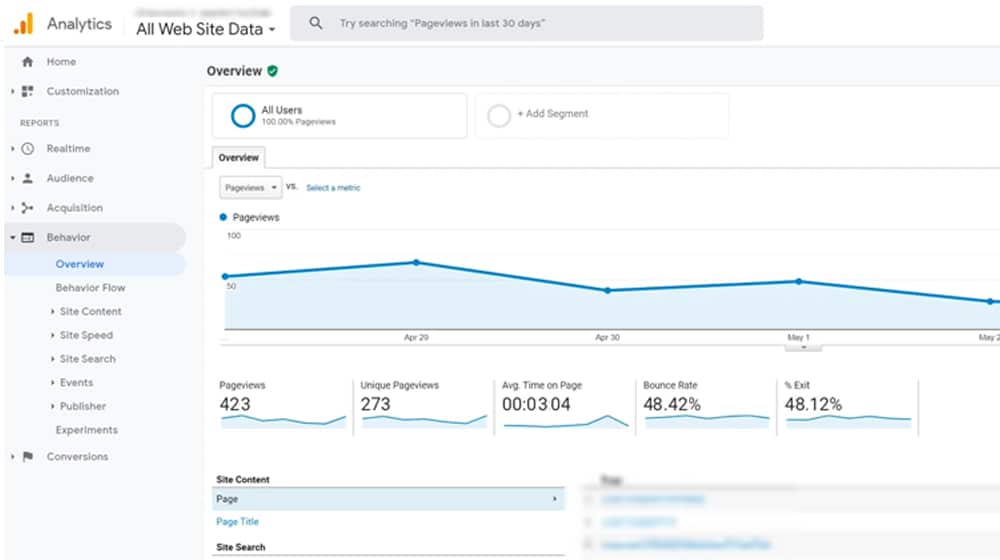
Whether or not your bounce rate is good depends on a lot of different factors.
- Why users are visiting your site. Do they want to learn something, read something, do something? Different kinds of tasks can have different progressions through your site and your user experience.
- Where is your traffic coming from? Certain kinds of traffic tend to be much more fickle than others; social media shares tend to have higher bounce rates than Google traffic, for example.
- What pages are users landing on? Landing pages with a single, focused call to action might have a much lower bounce rate than blog posts or your homepage.
- What roadblocks are getting in the way? If your bounces are because the user is satisfied (more on that in a moment) it's much better than if they're bouncing because they don't know or care what to do next.
- How fast does your site load? One of the largest contributing factors to bounce rate is site speed. Slow-loading sites are frustrating to use, and once it gets slow enough, users are more likely to leave and try to find the information they want elsewhere. This is especially true if it's faster for them to find the information elsewhere than it is to wait for your page to load.
- How useful is your mobile experience? This one is a personal peeve of mine. The mobile internet is a trash fire filled with intrusive ads covering huge portions of the screen on a phone, and phone ad blockers are rarer and harder to use than desktop ad blockers. If your site is just covered in intrusive ads, users are much more likely to leave.
- Do they have options to stay on your site? Sometimes your visitors will leave because they received the information they wanted, so they click "back" in their browser to keep searching for other content. This doesn't necessarily mean they were unhappy with your site, but rather they reached a dead end and didn't have anything else to click on or keep reading. Adding something like a "Related Posts" plugin or some helpful navigation links can help with this.
Bounce rates, in my opinion, can be rated as good or bad based on three specific details.
1. How does your bounce rate compare to your bounce rate last month or last year? A bounce rate is bad if it's getting worse, and good if it's getting better.
2. How does your bounce rate compare to similar sites? Benchmarking your site against other sites that are similar in structure, industry, and purpose is critical. My bounce rate compared to that of Forbes is a very different beast, for example.
3. How does your bounce rate affect other important metrics? If your bounce rate goes up, but so too do your conversions, that's fine! An increase in conversions is a good thing and you can worry about bringing the bounce rate back down later.
These are the important comparisons you want to make. Others can be valuable as well, of course, but these are (to me) the most crucial.
Let's dig into a few reasons why a high bounce rate isn't something that you necessarily have to worry about in some circumstances.
Why a High Bounce Rate Might Not Be Bad
I mentioned this in passing, and Google mentions it as well, but a high bounce rate is not necessarily a bad thing.
Think of this scenario. A user has a specific question they want to answer. Maybe it's "what hours is this business open?" Maybe it's "how do I polish this silverware?" Maybe it's "how much does this product cost?"
The user Googles the question, and Google, helpfully, serves up the specific page on your site that answers that question. The user lands on the page, which triggers Google Analytics to fire Event #1, recording the start of a session.

That user reads your page, identifies the answer to their question, and leaves.
Uh oh. Now what? That user is satisfied. They have what they need. But Google is still sitting there, waiting for a second blip to record for session duration, and it never comes. Eventually, the session expires, and the user disappears back from which they came, usually by clicking "Back" in their browser. Your bounce rate goes up, and your session duration might say "0:00".
Yes, the user was on your site for more than 0 seconds, but with no second data point to measure, Google can't reliably estimate it, so they can't record it. That user was satisfied, your site did its job, but your bounce rate went up.
Bounce rate can be fine, but it might not be, and part of the job of a marketer and site owner is figuring out which is which.
The Bot Problem
Another issue you might encounter is the bot problem. Google Analytics records the traffic that hits your site. Most of the time, it's pretty smart about it. A lot of common bots, like the Googlebot itself, other search indexing bots, and a lot of common malware bots are all automatically filtered. It's not real traffic, so it doesn't get added to the reports.

Other bots crawl the web explicitly with scripts disabled. They do this both to get around scripts that would block them and to avoid scripts that would break on their user agent or workflow. These bots never show up in Google Analytics simply because the bots never trigger the tracking code.
Other bots, though, pretend to be human enough that they slip through and are recorded. Bot traffic likely has a 100% bounce rate and can skew your metrics all over the place. This can be dealt with, but you have to know it's an issue first. It's almost inevitable that this will happen to your site at some point, and many of you reading are already nodding your heads.
You can filter this traffic for more reliable reporting, or just do what I do: ignore it. It usually only lasts for one day, from what I've seen.
How to Improve Your Bounce Rate
If you've decided that your bounce rate is too high, and you want to do something about it, good news! There are a lot of different steps to take.
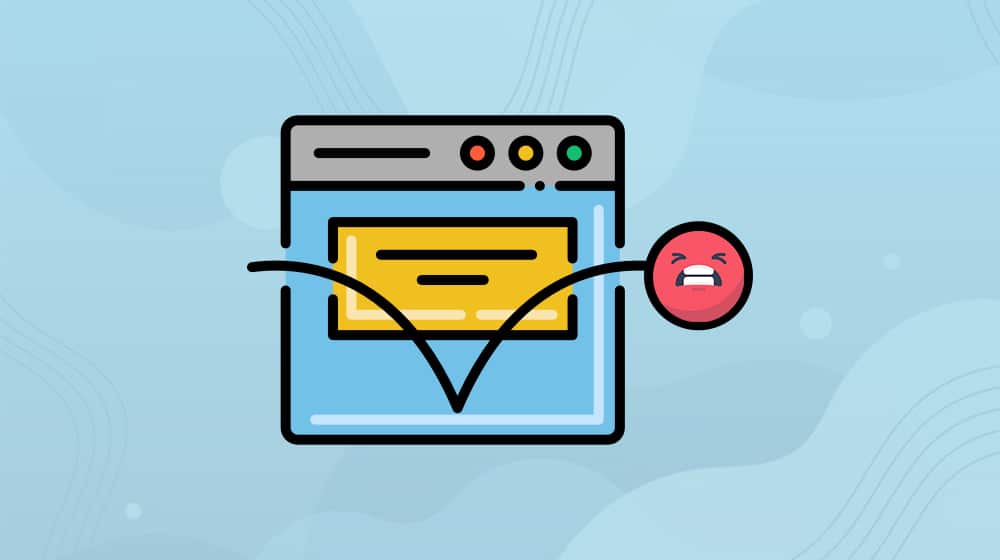
1. First, check for errors and misconfiguration that cause unnaturally high bounce rates. Accidentally doubling up on analytics code, or poorly configuring tracking events, and other issues can all cause incorrect reporting of bounce rates.
2. Next, determine what a good bounce rate should be. Remember, different traffic sources, different device types, different page types, different purposes for your pages; all of these impact what a good bounce rate looks like.
This also helps you determine if you have specific channels that might need optimization. Look for:
- High bounce rates on specific landing pages. These might indicate that the ads feeding into those landing pages are poorly targeted. It might also indicate that your CTA is poor or your buttons/forms/next steps are obfuscated on those landing pages, and the user doesn't know what to do.
- High bounce rates for specific traffic channels. If the bounce rate for mobile traffic is much higher than for desktop traffic, consider if your mobile experience needs improving. Remember that some sources of traffic, like Facebook traffic, will generally have a higher bounce rate than Google search traffic.
- High bounce rates for specific informational pages might be fine. If a user wants to find your business hours or contact information and lands directly on the page that has that information, a bounce is fine; they get what they came for and don't need to do more immediately. Maybe they'll call you, maybe they'll visit in person, who knows. It's fine.
Applying some critical thinking like this can help you a lot when it comes to figuring out if your bounce rate is bad or not.
3. Once you've identified areas that can use improvement, consider whether your issue is navigational, technological, or informational.
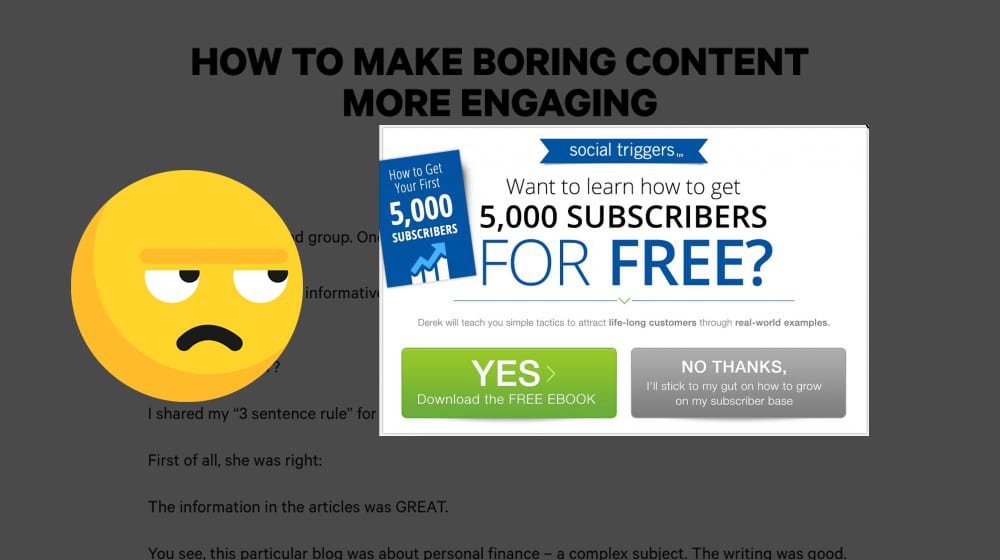
What do I mean?
- Navigational bounces come from users who don't know how to get to another portion of your site they care about. This might mean making CTAs clearer, reducing UX clutter, or reducing ads on a mobile experience.
- Informational bounces come from users who are looking for one thing, but they find something that they weren't expecting and leave unsatisfied. You can usually address these by writing better content, working to better target your content to specific keywords, and generally improving your SEO. The key phrase here is "search intent" - put yourself in the shoes of your visitors and try to give them exactly what they're searching for.
- Technological bounces come from Google simply not being able to record a second event, even when a user sticks around.
4. If you need to improve navigational bounces, consider your user experience. Hire user testers, install a heatmap, and watch how users are using your site. Look for roadblocks you can fix. If your users are running into a point of friction and leaving, that's something that you can discover with a heatmap or by listening to the feedback from your users.
5. If you need to improve information and targeting, invest in SEO. Topic research, keyword research, better content; these can all help. Creating better content is the best way to reduce bounces of certain types, though you might need to invest more heavily in CTAs to reduce the satisfied user bounces.
6. If you need to improve technological bounces, you have a lot of options. For example, one I've started using recently is a script that automatically changes the URL of the page you're on when you scroll down far enough, specifically to each subheading. Each change of URL tracks as an event, so a user who lands, doesn't like the intro, and leaves, is recorded as a bounce, while a user who lands, scrolls down reading, and leaves, triggers extra events and is tracked.
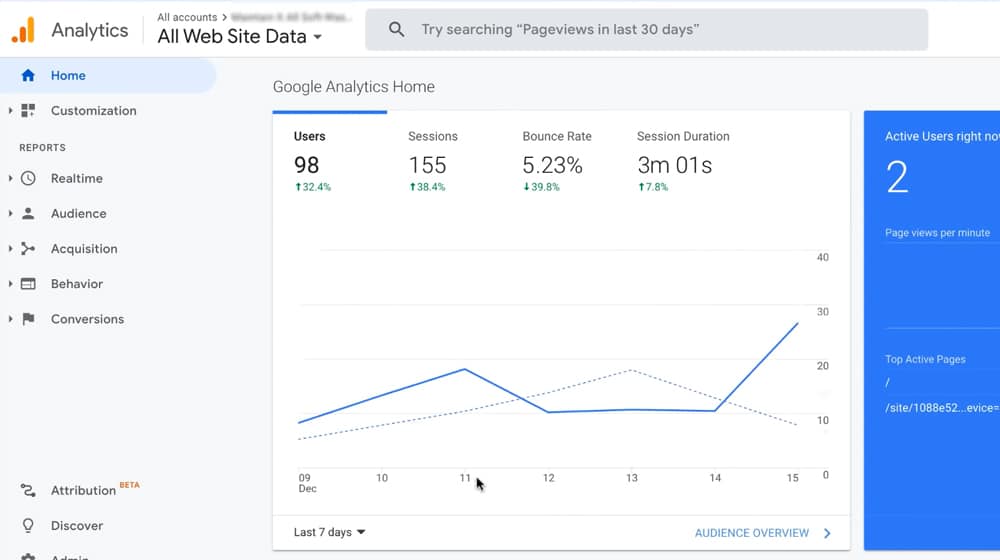
If you want a few more ideas, I outlined some other ways to implement technological solutions that can improve bounce rate problems over in this article.
Just remember: bounce rate isn't always a bad thing. What matters is that you're paying attention and optimizing where you can.
What is your bounce rate? Some people think they have a high bounce rate when it is actually in a perfectly average and acceptable range. Did I leave out anything? Do you have any questions for me? Let me know in the comments below! I reply to every comment on my blog and would love to hear from you.




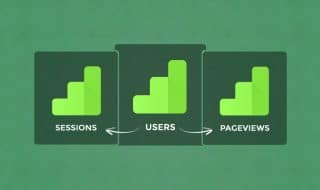





January 31, 2022
Wow, I'm new to this, so this is very helpful! Thank you for sharing this, James!
February 04, 2022
Thanks Dana!
March 16, 2022
I feel like our bounce rate could be better and I think our site loading time is the problem. Do you have tips on how to troubleshoot slow loading times?
March 25, 2022
Hey Gemmell!
Did you run a page speed test at Google PageSpeed Insights yet?
This test will give you detailed analytics on what is hurting your site, what's taking the longest to load, and what can be improved.
A developer can help you implement these changes. Depending on your CMS, plugins, and software are available to make this process a lot easier or even automated.
Feel free to reach out; I'm happy to take a look and point you in the right direction!